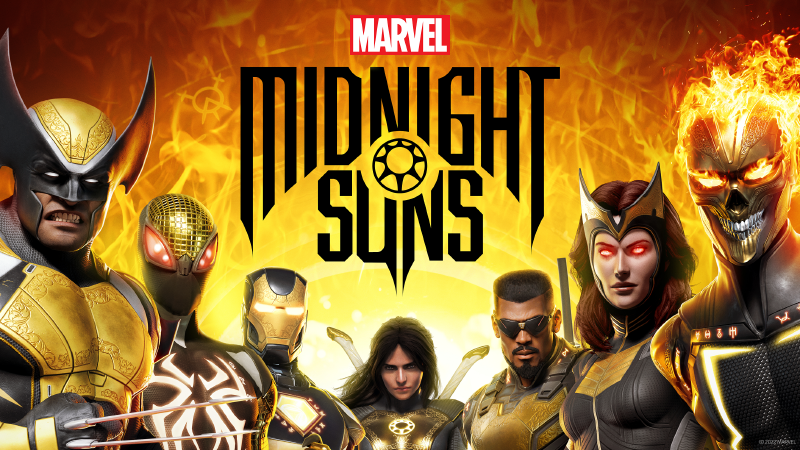It is not often in the modern industry that a videogame releases with what feels like a finished product. With the introduction of DLC’s and their tendency to revolve around main story content that is left out intentionally for extra sales, it is hard to find a game that offers the full, complete package on release day… enter Marvel’s Midnight Suns. Bursting with varied, purposeful, and enjoyable content, Marvel’s Midnight Suns much like the Guardians of the Galaxy Game is greater than the sum of its parts. The trepidation that comes from Marvel’s recently poor reputation for games was quickly abated and paved the way for Midnight Suns to become my Game of the Year 2022.

Marvel’s Midnight Suns is a strategy RPG that combines card game mechanics with turn-based combat. You play as an original, semi-customisable (Extremely basic character creation e.g., Male/Female, skin colour, hairstyle etc.) character made specifically for the game known as “The Hunter” – the offspring of Lilith; a once defeated evil sorceress risen once more thanks to the notorious HYDRA. The game focuses on the occult and mystical side of the Marvel universe in this dark, cinematic adventure spanning locations like the Sanctum Sanctorum, pocket dimensions and Limbo to name a few. Marvel’s Midnight Suns has more substance than meets the eye, the instanced based combat belies the scope of the story and its locations to almost criminal effect in comparison to its cinematic cutscenes and fantastic voiceover cast of industry superheroes. Recruiting characters from the Marvel Comics pantheon along the way, you will operate and manage your team through various activities in a revolving day and night cycle at the Abbey; a transian fortress located in a pocket dimension on the cliffs of Salem, Massachusetts.
The Abbey
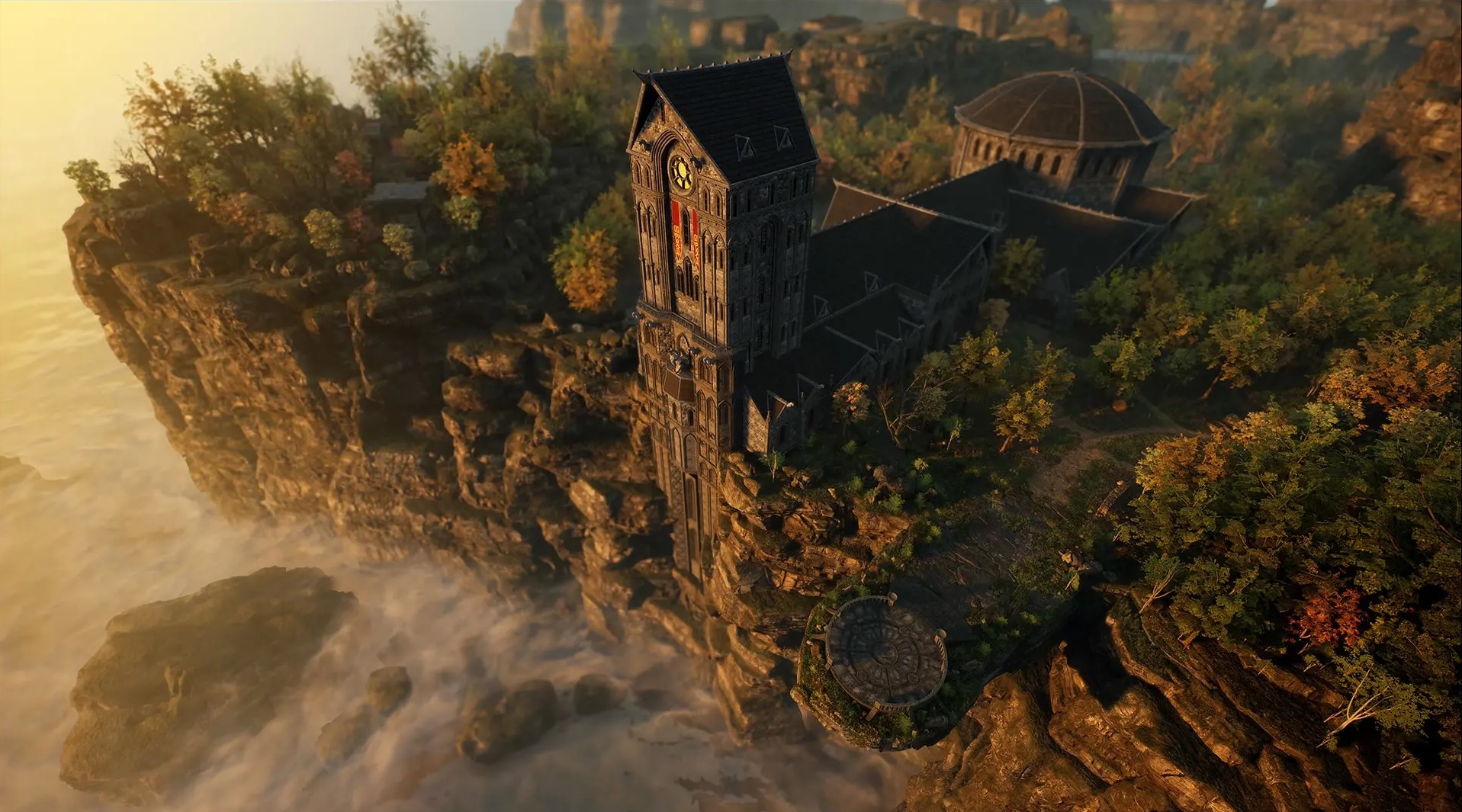
Under the safety of the Abbey, you can train and upgrade your base of operations to unlock more activities and gameplay features between the daily roulette of instanced battle grounds. Within its walls you will find the Forge, Training Grounds, War Room, Barracks, Common Room, and Library.
The Forge is where you can research new upgrades like additional combat options, outfits, and passive skills. You can also unlock new cards from mission rewards in a Gacha style RNG menu, duplicate and craft previously unlocked cards and items, and finally take on character specific challenges for their legendary skill cards.
The Training Grounds allow you to upgrade and modify cards with extra features and partake in daily sparring sessions for friendship gains and stat boosts in one of the 7 secondary statistics: Critical Chance, Critical Damage, Fortitude, Resilience, Willpower, Power, and Strength. Also included within the grounds is the T.H.R.E.A.T. room where you can individually level up characters and practice deck builds.
The War Room is home to C.E.N.T.R.A.L. - a machine used to decrypt enemy Intel Caches, exchange currencies for more valuable items and to dispatch benched heroes on Hero Ops for their respective cards with a chance of being upgraded and modified if you delegate the appropriate hero for the Op.
The Library is where you can find hints on puzzles, read through logs describing more of the lore and history of the world and brew potions from collected flora around the Abbey.
Lastly, the Common Room and Barracks are where you will likely find teammates spending their evenings and where you can initiate hang outs.
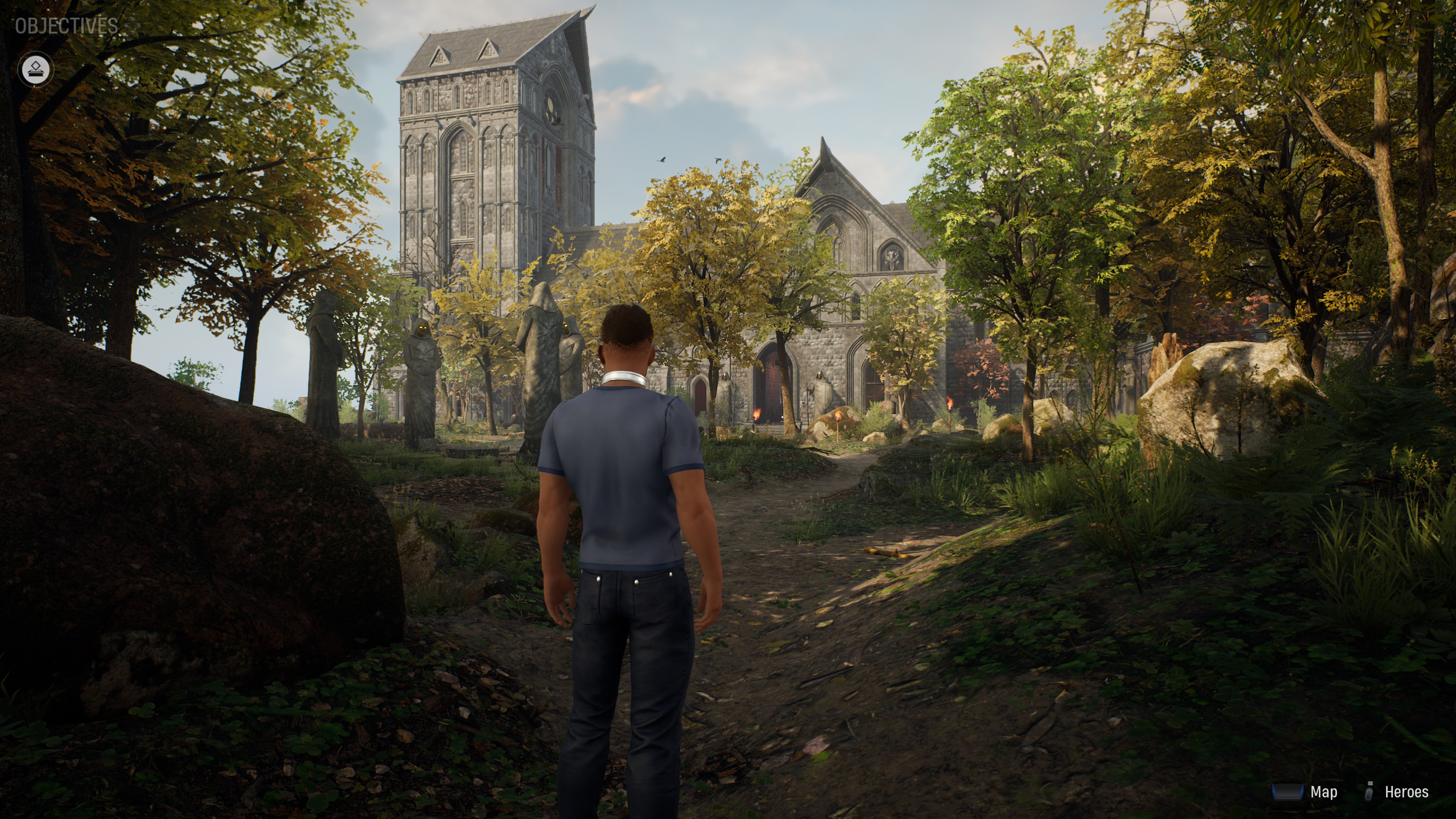
Aside from that, you will also have the mysteries of the Abbey and its grounds to uncover in a third-person, pseudo-open-world full of puzzles, items to collect and treasure chests to unlock as you learn spells, dive deeper into the lore of the Midnight Suns and befriend your allies. You can even go so far as to start decorating your room with all manner of virtual photography and classical artwork found on the grounds as collectibles. Tomb Raider’s Croft Manor came to mind more than once as I explored the grounds and its myriad of secrets and unsettling locations.
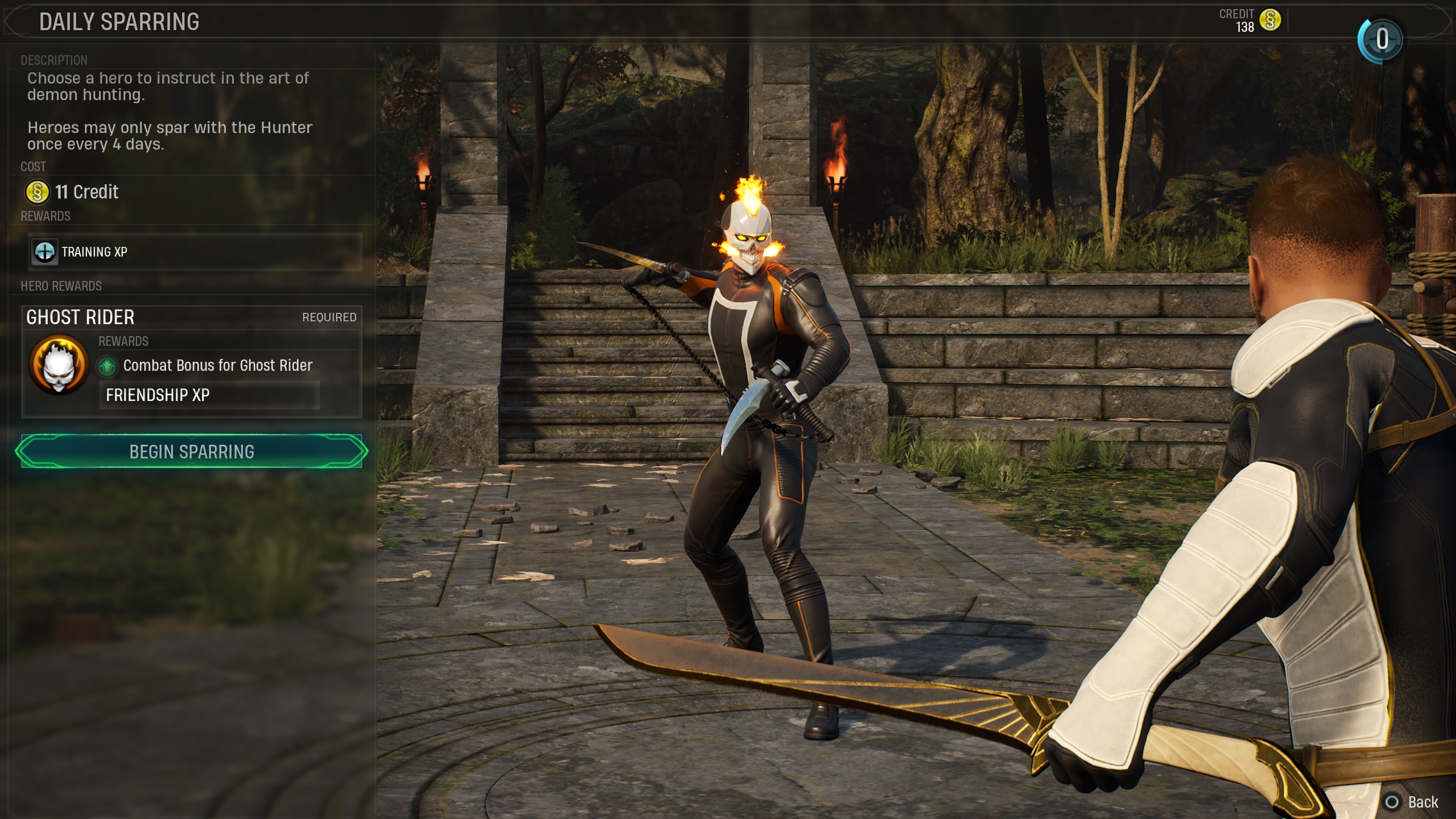
With all this in mind, you would be quick to believe that Midnight Suns has an overwhelmingly expansive amount of gameplay features and mechanics (and it does), but it also does a fantastic job of drip feeding these additions over the course of the game - slowly easing the player into a daily routine of tasks without feeling a sense of redundancy in any one of them.

What I enjoyed most about Midnight Suns (aside from the challenge and intellectual satisfaction of its higher difficulties) is how much it leans into the characters and their growing relationships and discord with one another as the basis of its storytelling and immersion. Every character receives their day in the sun as the plot unfolds. With varying degrees of conflict and harmony throughout, characters will branch off into their own cliques and factions as their ideals, motivations, and methodology steer from the collective. The idea of misfits, vagabonds and disrupters coming together and forming an unlikely family offered a breath of fresh air in a sea of recent games that focus on single character adventures with supporting cast.
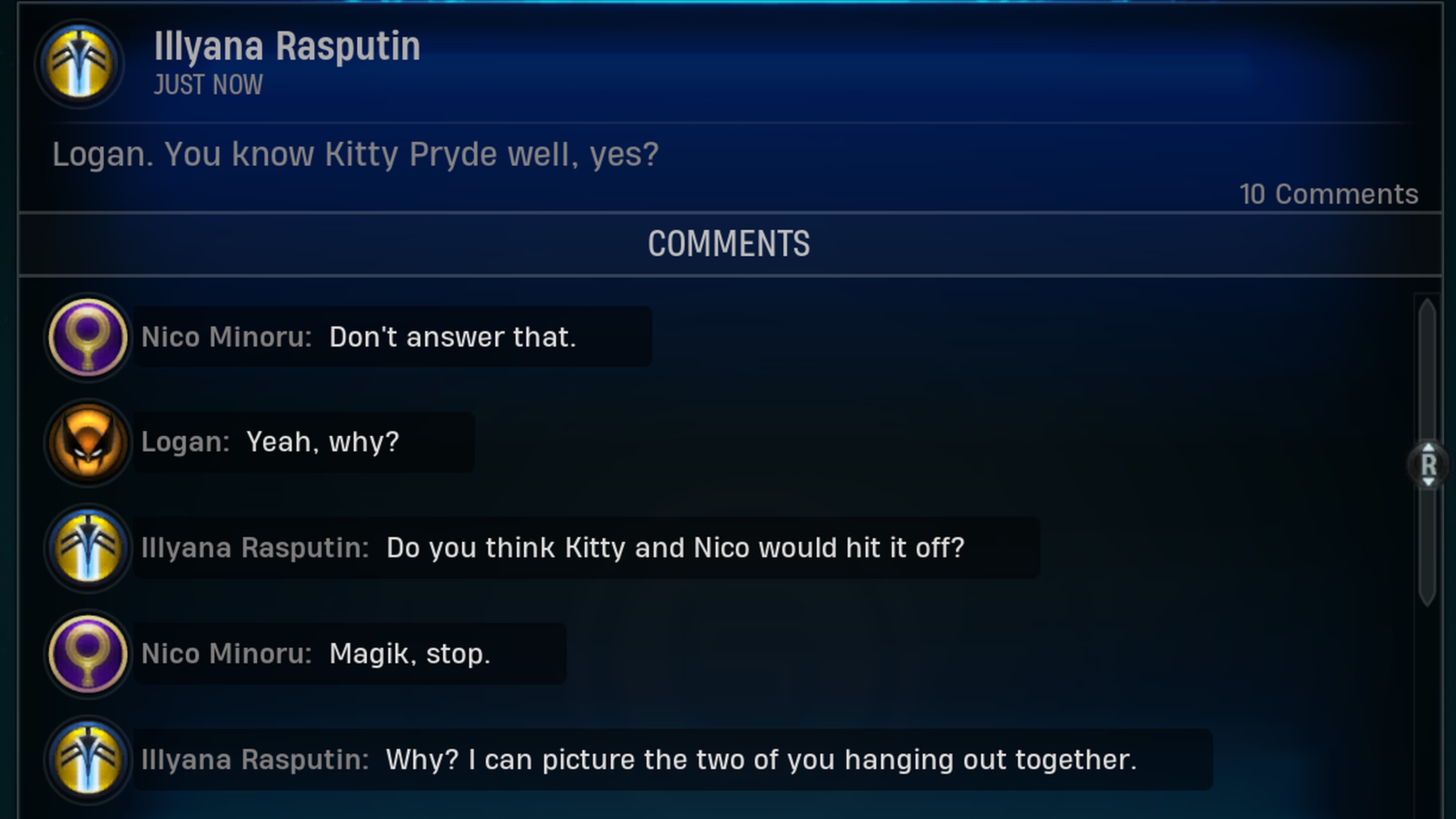
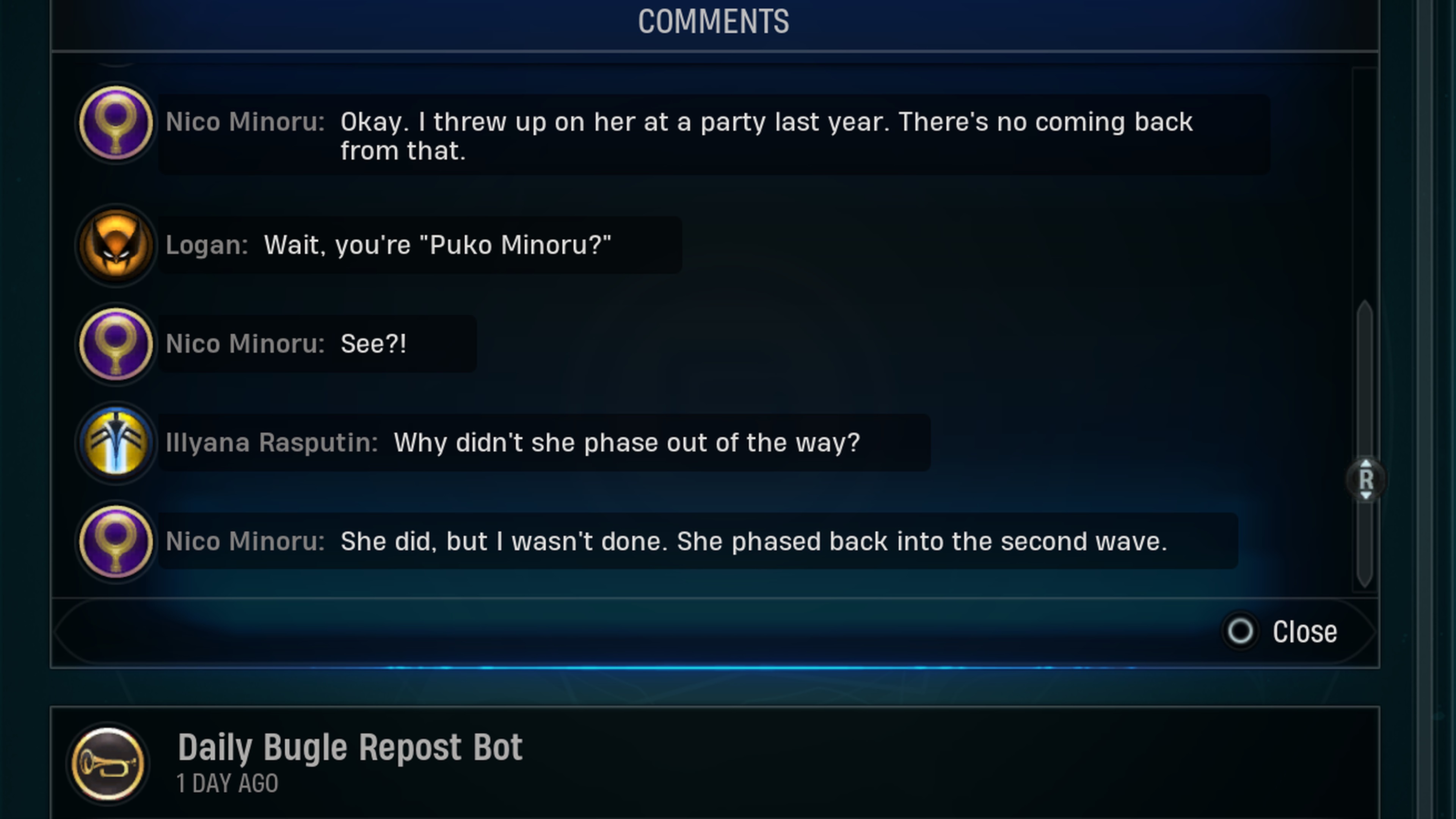
As I played through the game, I couldn’t help but draw similarities to one of my all-time favourite games, Mass Effect and soon realised why I was enjoying this game so much. Dialogue options and its alignment mechanic aside, in a similar fashion as aboard the Normandy, you can interact and befriend the cast of characters via various evening hang outs, club events and activities. There is even a social media proxy within the game known as Superlink where players can respond to messages, initiate hang outs, and read through some genuinely funny banter and references from each of the character’s personal timeline posts and comments.
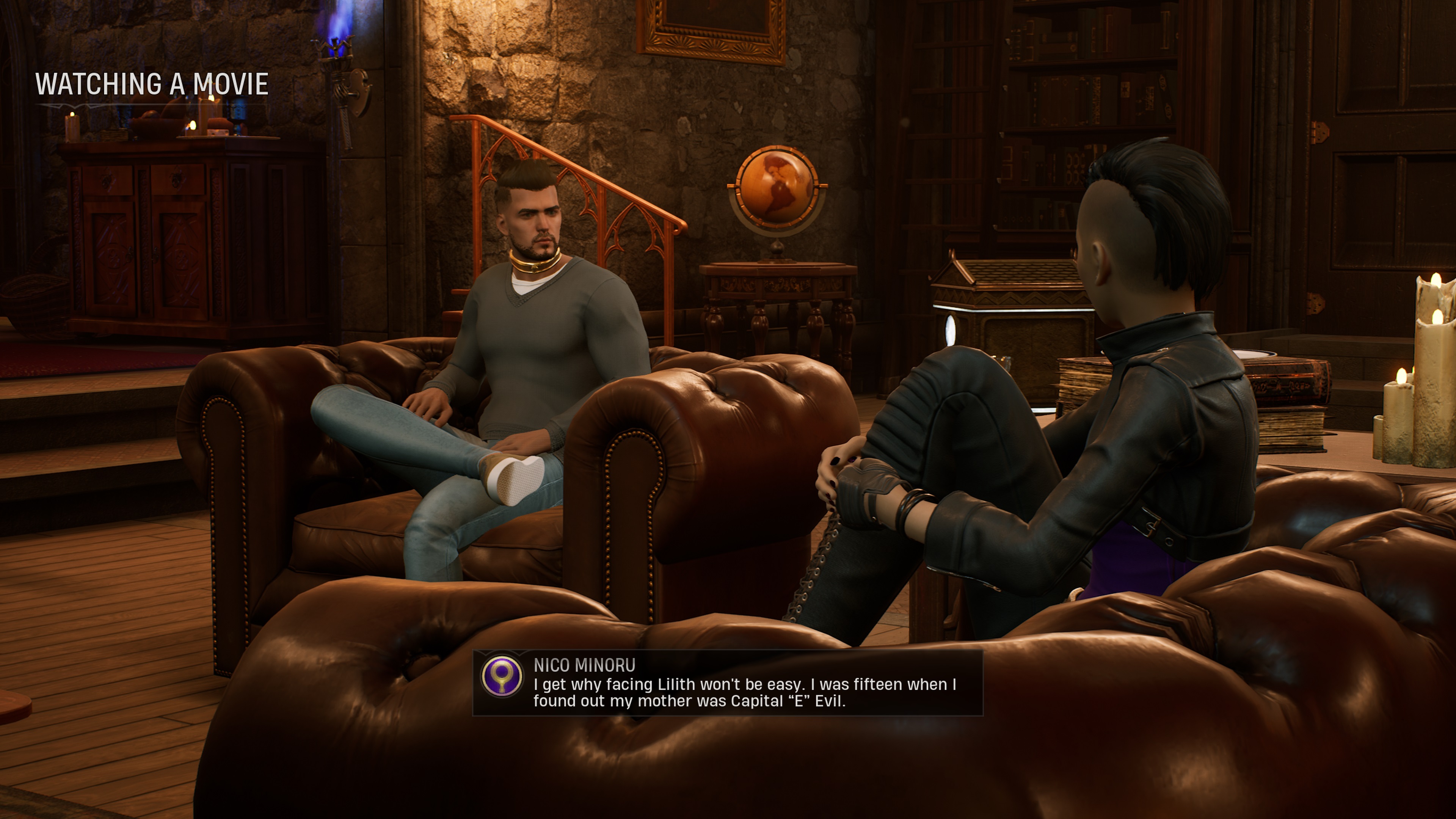
Marvel’s Midnight Suns takes the foundations of what was Mass Effect’s relationship mechanics and builds upon it with even more activities, gameplay incentives and moments to bond and learn more about your crew, not just as superheroes but as their human and more relatable counterparts. Even when I maxed out a character’s friendship, I would still check in with them to see what conversations arise… and there is still incentive to do this for your own personal stat boosts.

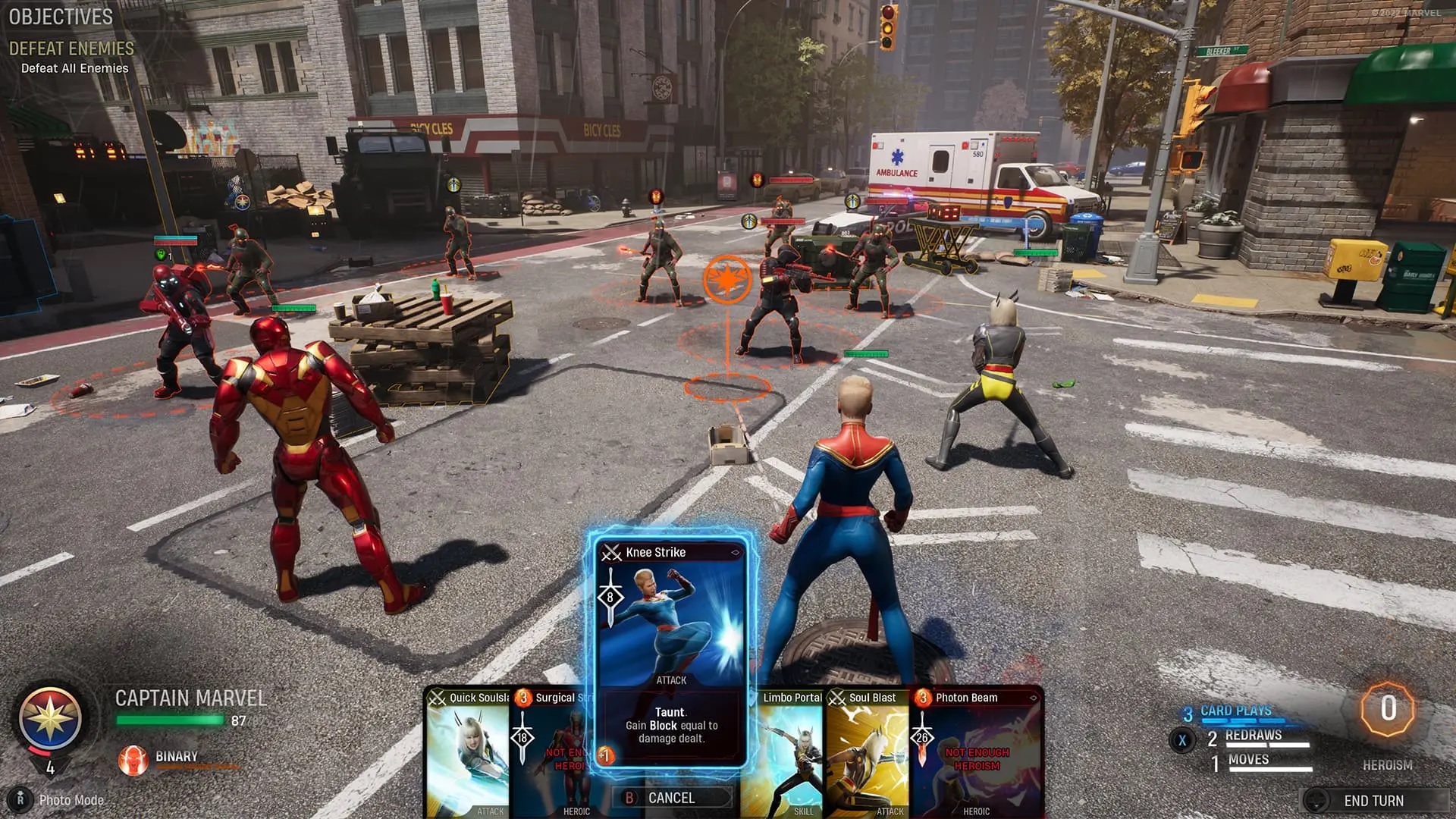
As for the combat, (which almost feels like an afterthought with how much I have spoken about the games other features) your experience is totally subjective to your choice of 8 difficulties. You can essentially remove all challenge and premise of strategy or be extremely punished for a lack of forward thinking and using an unbalanced team. In groups of 3, you begin missions with a hand of random cards drawn from the decks of your chosen heroes. Once per turn you can play up to 3 cards, Move a single character anywhere on the map, Redraw up to 2 cards and play up to 3 items for the whole mission. As you progress through the game you will unlock extra bonuses to these options like adding a shove and knockback effect to your Move that can be used for free environmental kills/damage and drawing extra cards. The game relies on you being able to take out as many enemies as you can with environmental hazards, free movements and refundable attack cards before the enemy can make their move or begin to multiply. For anyone that enjoys being able to flex their strategic minds and metagame, Midnight Suns is incredibly addictive (Hence why this review is almost 4 months late.)

While there are microtransactions in Midnight Suns, these are purely cosmetic and I honestly feel like the game would have been better off without them as the game itself is already host to a wide range of unlockable outfits and palette swaps for each of the character’s numerous attires ranging from casual, swimwear and battle suits. Firaxis also added one unique feature that adds a nice touch of credibility to the games passage of time; randomised daily outfits. Once new outfits are unlocked with Gloss (The currency used for cosmetics and gifts), players can toggle whether to have characters change their clothes every day. It is one of those things that people joke about in games “Oh that character doesn’t wear anything else,” “That must smell” etc. so it was nice to see an option that helps with the immersion in that regard.
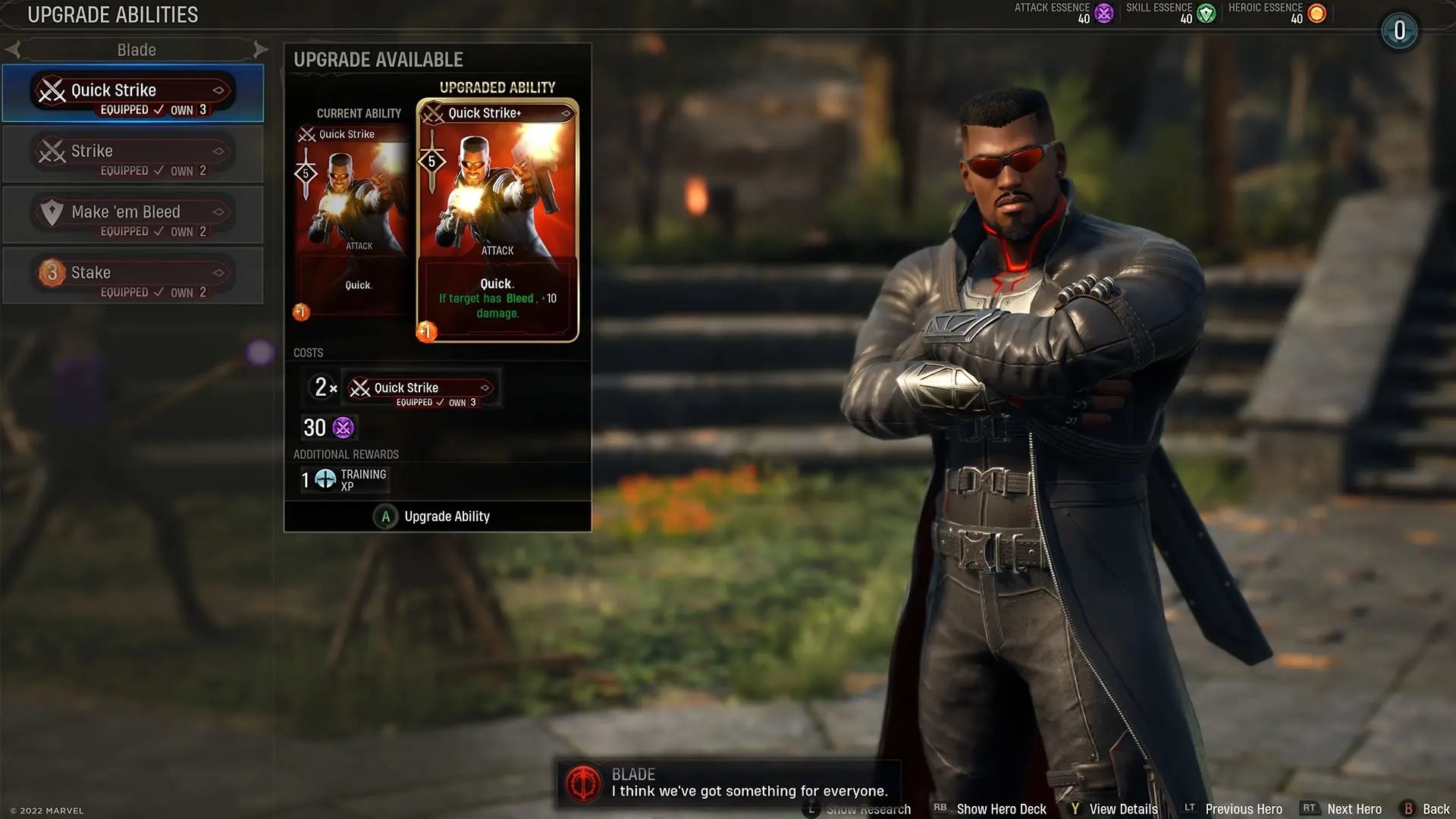
Despite being a card-based strategy game at its core, I was surprised to find that there are only a handful of cards to collect for each team member (barely reaching double digits) barring The Hunter who essentially has 3 decks to mix and match with depending on your alignment. Instead of leaving you room to experiment with different builds and playstyles for each character (of whom you will be swapping out in a steady rotation as they recover from injuries,) the cards focus more on how to optimise each character’s individual traits. While modifying your cards with extra bonuses is an option after upgrading the training grounds, these are minor alterations at best and therefore characters can never veer too far from their intended purposes. For better or worse depending on how you as a player like to enjoy your game, this narrowed approach to building decks and character customisation keeps the game accessible and easy to pick up – no one character is harder to play or learn than another. After a short time of playing (Comparatively speaking for an RPG) I had soon acquired every card for each character but I still had the incentive to collect duplicates as there is an option to “salvage” cards, giving the player “essence” as a by-product. Essence is the universal currency used to craft items and modify cards and it is very easy to get caught up in the grind for optimising your decks when the game throws so many options and randomly generated (and increasingly expensive) modifiers. Sometimes it is best to start modifying afresh on a new duplicate rather than continuing to pay the premium for your old cards 10TH attempt at rolling for something good.

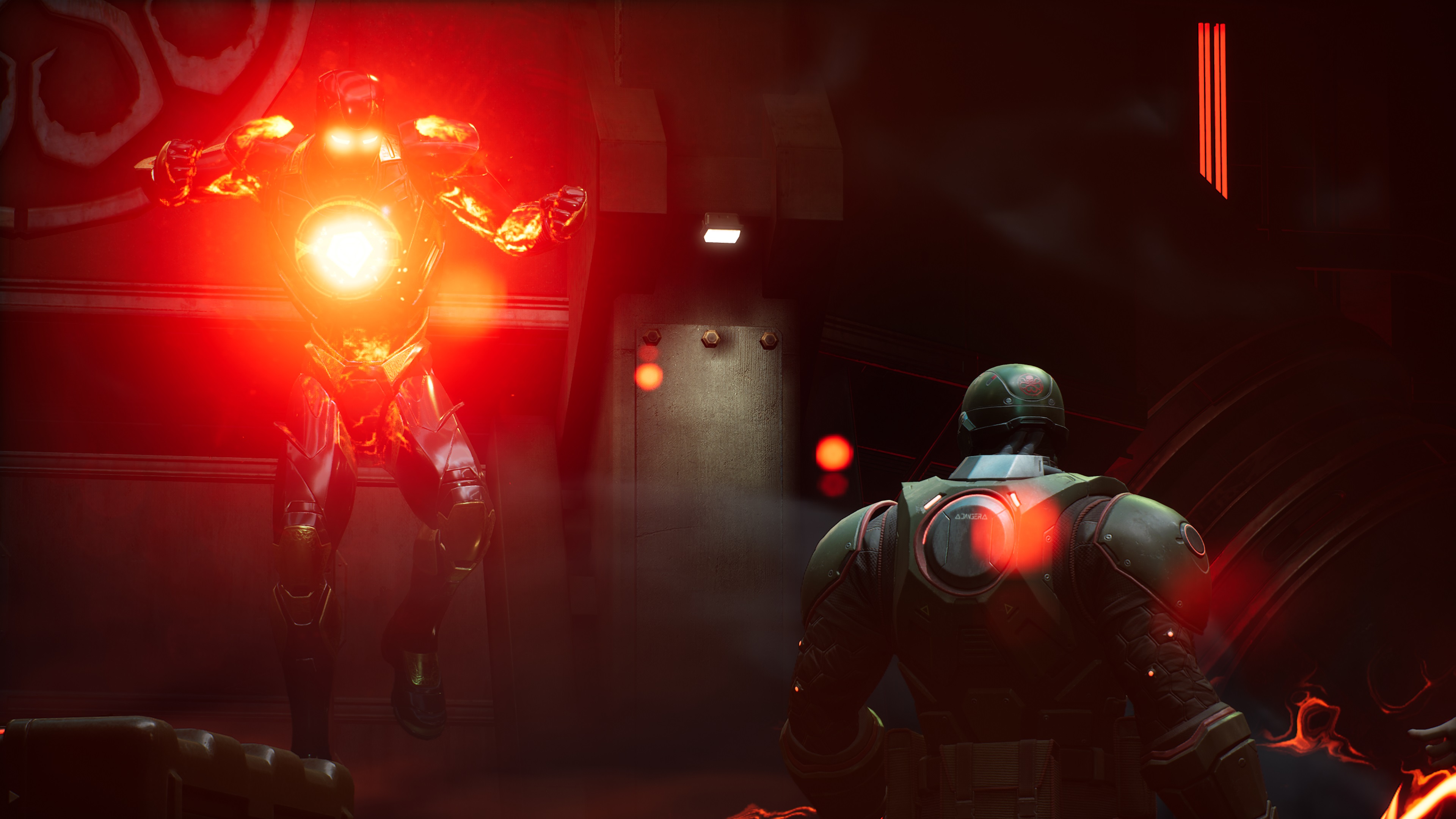
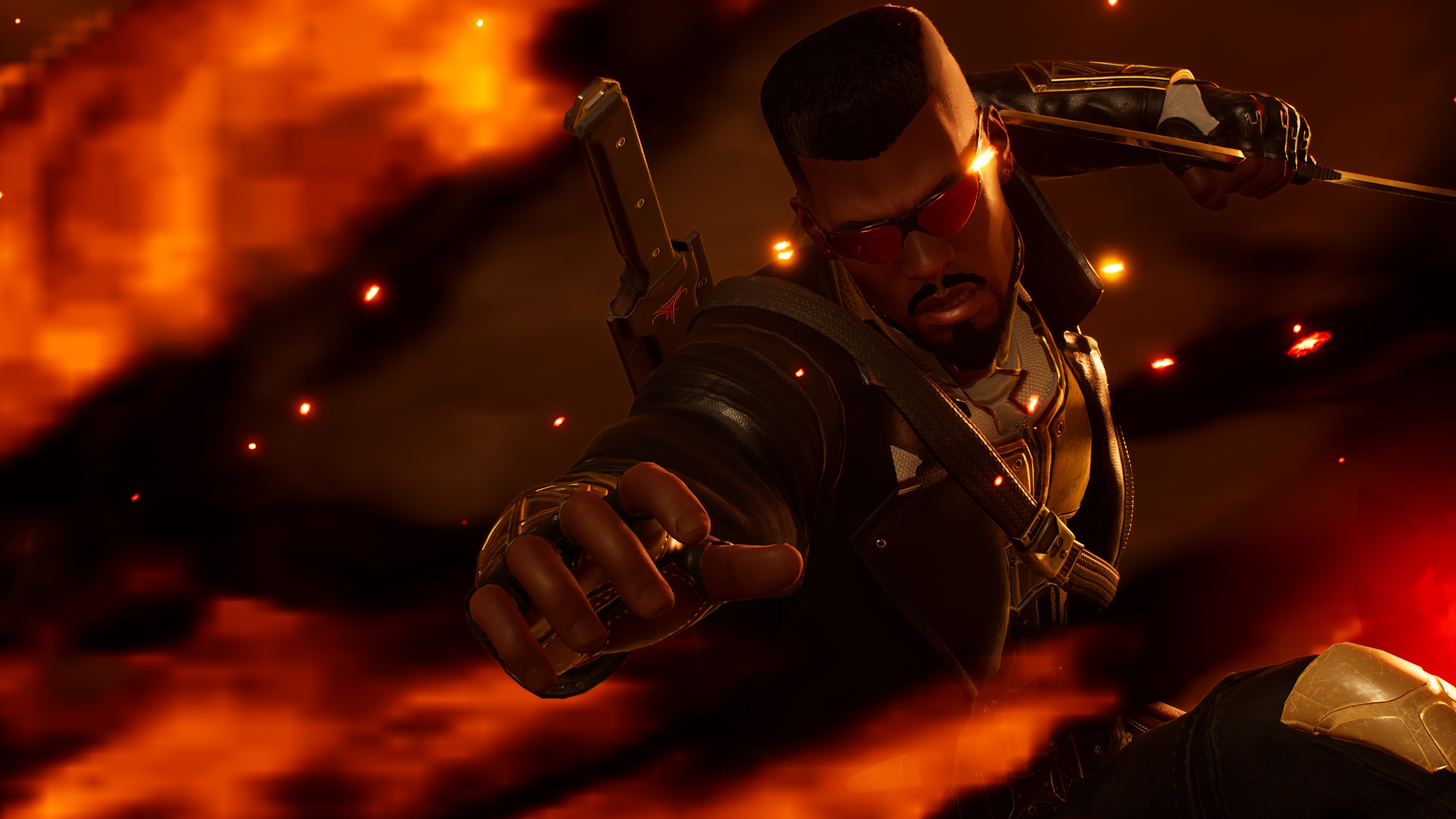
Graphically speaking, Marvel’s Midnight Suns is not anything to write home about but does it need to be? They can’t all look like Horizon. There are however moments in the game where you notice how much effort has gone into making the game as striking as possible, most notably within its large-scale attack animations that are fantastically well done with spectacular strobes, shapes, and colours. Pairing this with the photo mode makes for a virtual photographers dream of Marvel based content creation and photo opportunities.
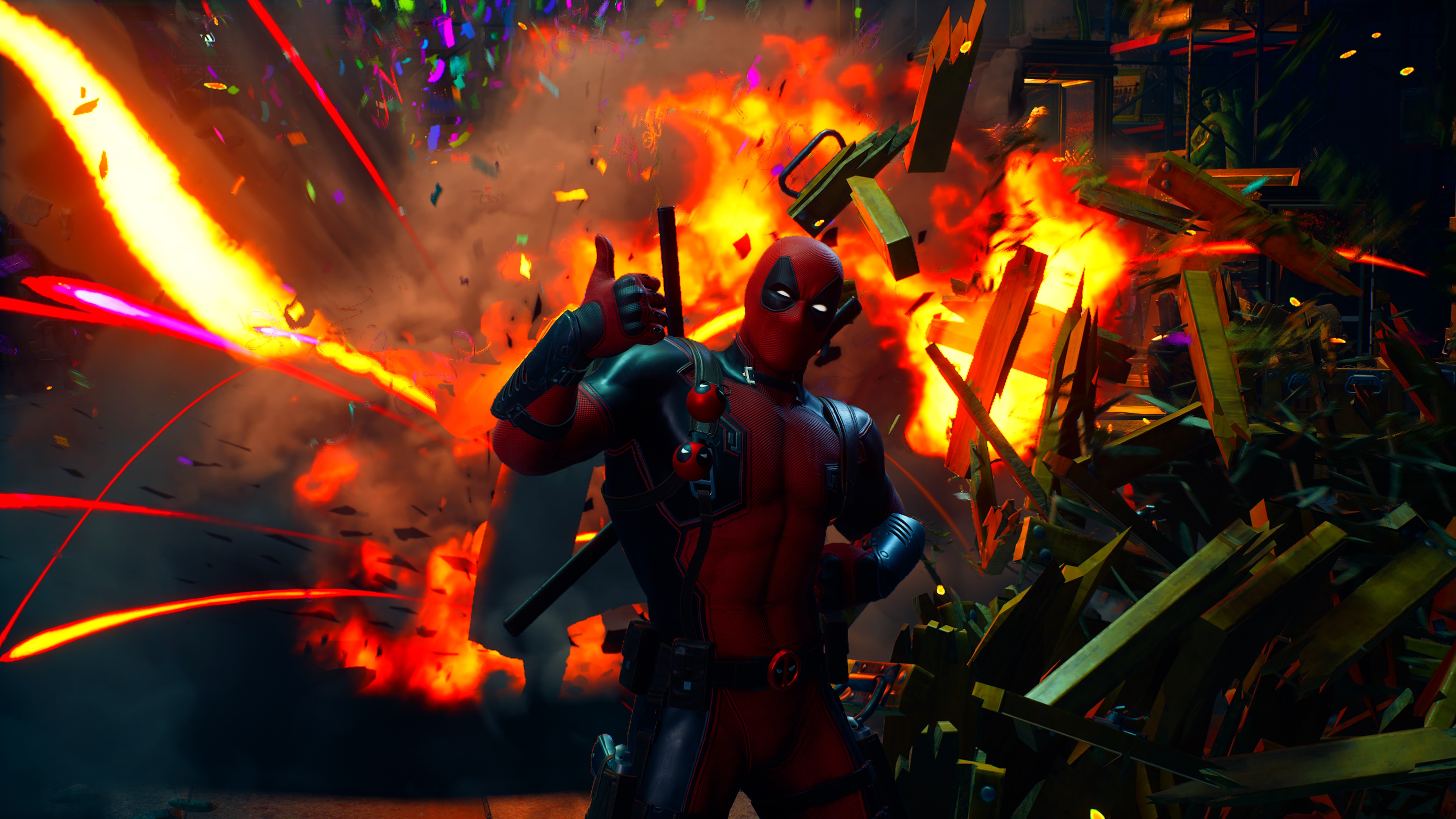
Lastly, while I am fully aware that the game is still unfortunately riddled with bugs and the DLC’s have made the game increasingly volatile with each release, (Completionists have been consistently tormented with glitched trophies and achievements) it has not taken away from the overall positive experience that I have had playing this intellectually gratifying, addictive and narratively enjoyable game. I loved it and would still recommend. Roll on the Storm DLC.
